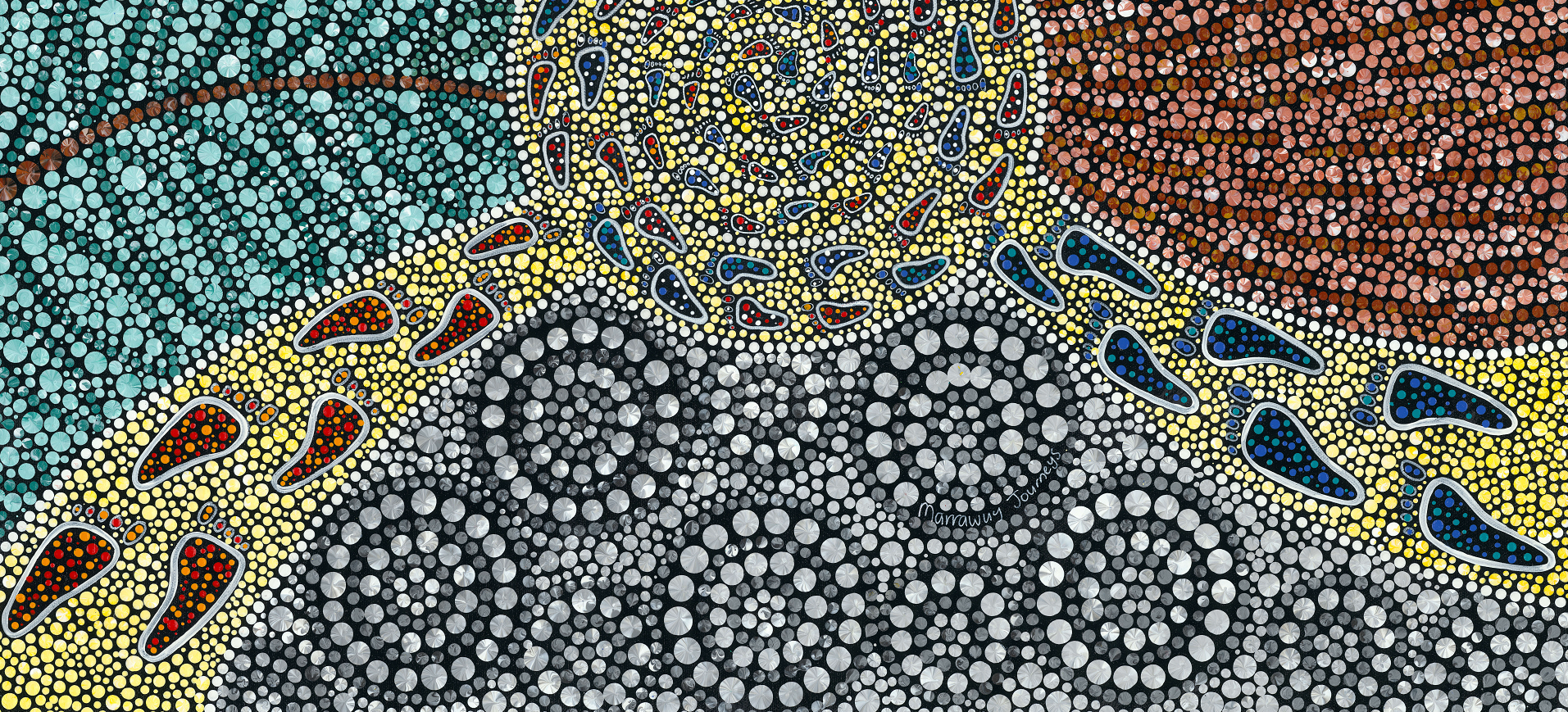‘Continuous evaluat[ion] and review’ refers to a cyclical approach to evaluation and review that is ongoing rather than relying on ad-hoc activities and/or only occurring at a particular point in time. The AMC does not specify the frequency or method of particular evaluation and review activities, but the cycle of evaluation and review should include a variety of measures, be supported by evidence and demonstrate that the provider makes the necessary changes to the curriculum and program as a result of the evaluation to manage concerns about, or risks to, the quality of the program (6.1.1).
‘Communities’ include experts with lived experience of local health care, particularly those from communities who experience health inequities and Aboriginal and/or Torres Strait Islander and Māori communities. Feedback from all relevant stakeholders may be collected through different means that reflect the needs of different stakeholders, such as surveys, focus groups or consultations, as long as this feedback is authentically, regularly and systematically sought (6.1.2).
Providers should explain under Standard 6.1: Continuous review, evaluation and improvement how student, community and other stakeholder feedback is sought and analysed in the service of evaluation. The outcomes of this feedback process for communities, including how communities contribute to the program through evaluation, should be explained under Standard 1.2: Partnerships with communities and engagement with stakeholders. The details of student representation processes should be explained under Standard 1.3: Governance.
Providers should take care that feedback, particularly student feedback, is appropriately handled to maintain confidentiality or provide avenues for deidentified feedback when relevant, maintaining a focus on program evaluation and improvement (6.1.2).
‘Other education providers’ refers mainly to those who provide primary medical programs. Providers may also consider collaborating with prevocational training providers*, specialist training providers, and other health profession education providers on continuous evaluation and review, where relevant (6.1.3).
